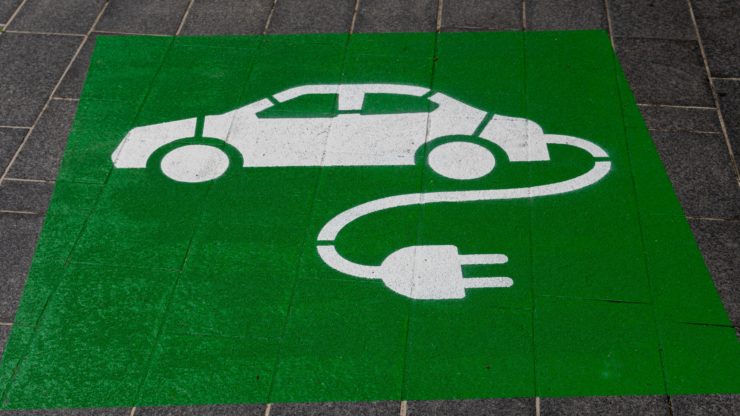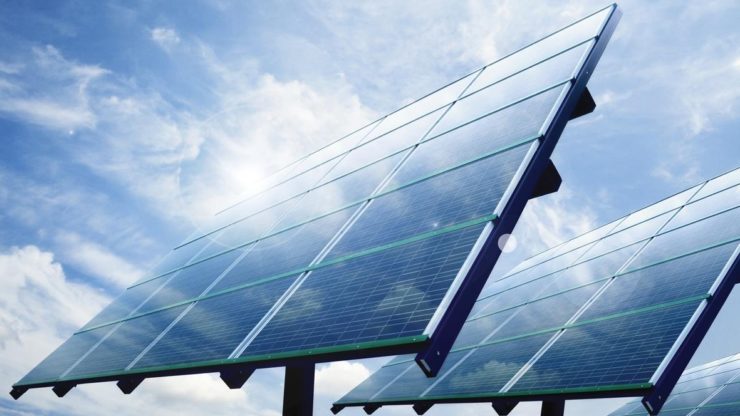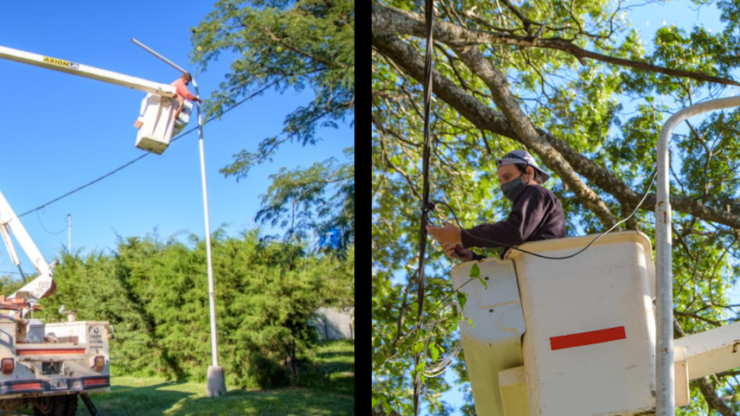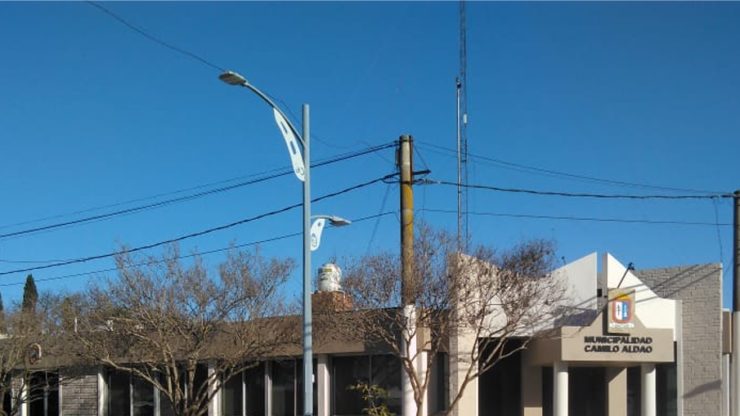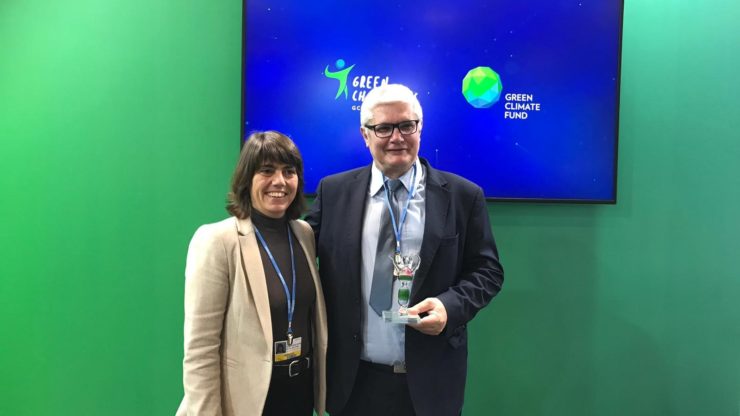UNEP Copenhagen Climate Centre contributed a session on clean energy for public buildings: an overview of natural resources, technologies, policies and project financing for public sector professionals, from across Argentina, participating in the national Municipal Energy Management Training Program.
The training is overall delivered by a consortium of partners including the National University of La Plata, the Argentine Network of Municipalities against Climate Change (RAMCC) and UNEP Copenhagen Climate Centre. The program is supported by the European Union through the Euroclima+ Program.
A country in transition to a low-carbon energy system
In 2018 the Government of Argentina passed a landmark law (27.424) enabling private households, small and medium and medium-sized businesses and municipalities to supply renewable energy to the grid, as part of wider efforts to decarbonize the country’s electricity sector.
To date, however, only 10MW of such ‘distributed generation’ has been installed in Argentina, enabled by the regulatory reforms enacted under law 27.424. This is only 1% of the Government’s target to reach 1,000 MW by 2030, which in turn would only account for approx. 2% of the country’s total installed power capacity.
There are various reasons why progress has been slow in Argentina, including three years of negative GDP growth (2018-2020), Covid-19 and high interest base rates (currently 45%). At the project level, the high cost of borrowing in Argentina presents perhaps the biggest barrier to investment in distributed power technologies.
A key role for municipalities to drive change
While many of the country’s municipalities are struggling to deliver public services, there are significant low-cost opportunities to save money from investment in the energy efficiency of public buildings. They can also to use their significant roof spaces to generate power from solar PV to offset their own consumption and/or generate income from the sale of power into the grid. The talk by UNEP Copenhagen Climate Centre discussed these opportunities, divided into 4 key areas:
- Zero carbon buildings: what are they and why are they important?
- The key technologies to convert renewable energy, at a local scale
- Policies and regulatory frameworks that enable the use of renewable energy in buildings: what exists and how does it help?
- How to finance the installation of renewable energy technologies in public buildings?
